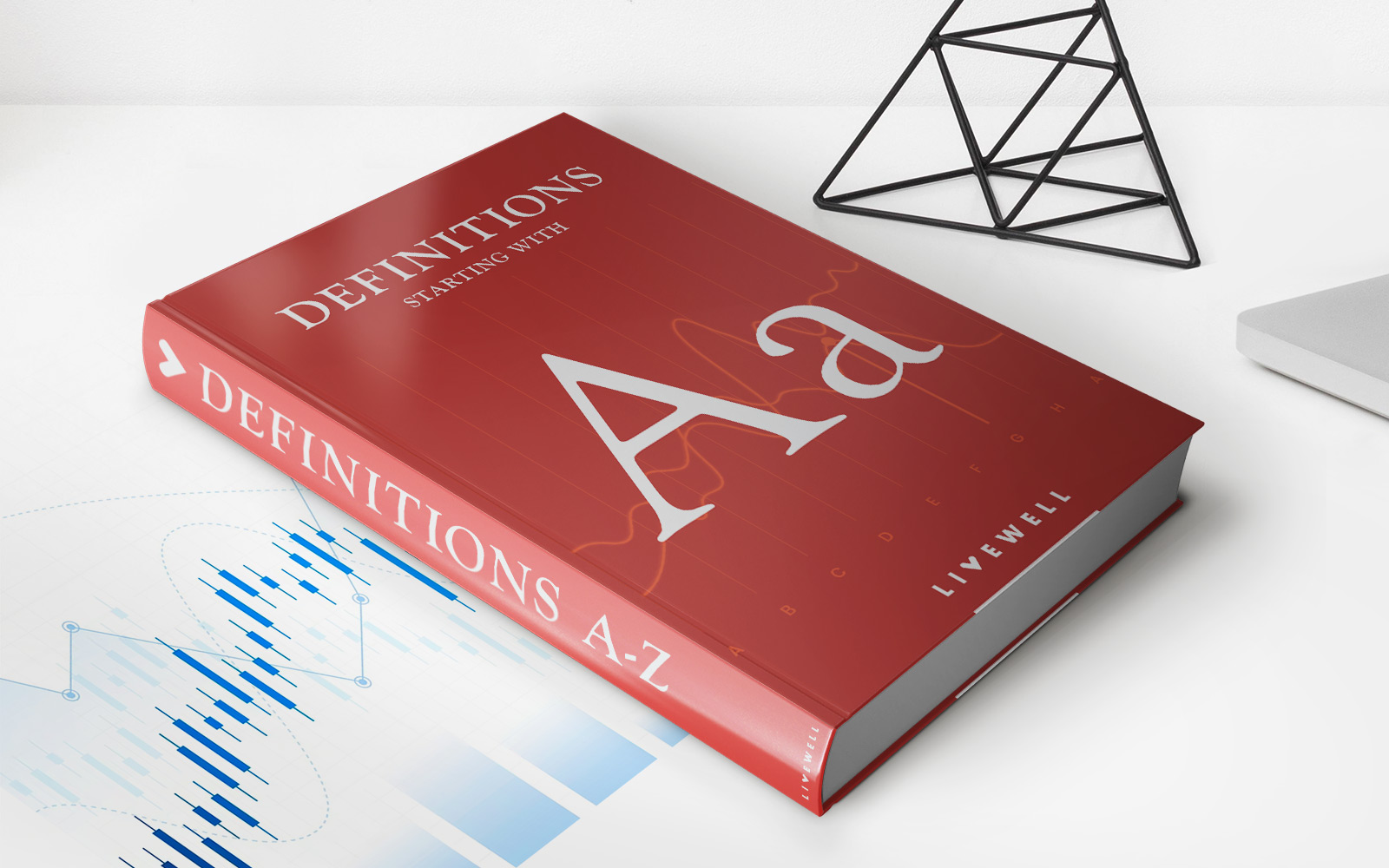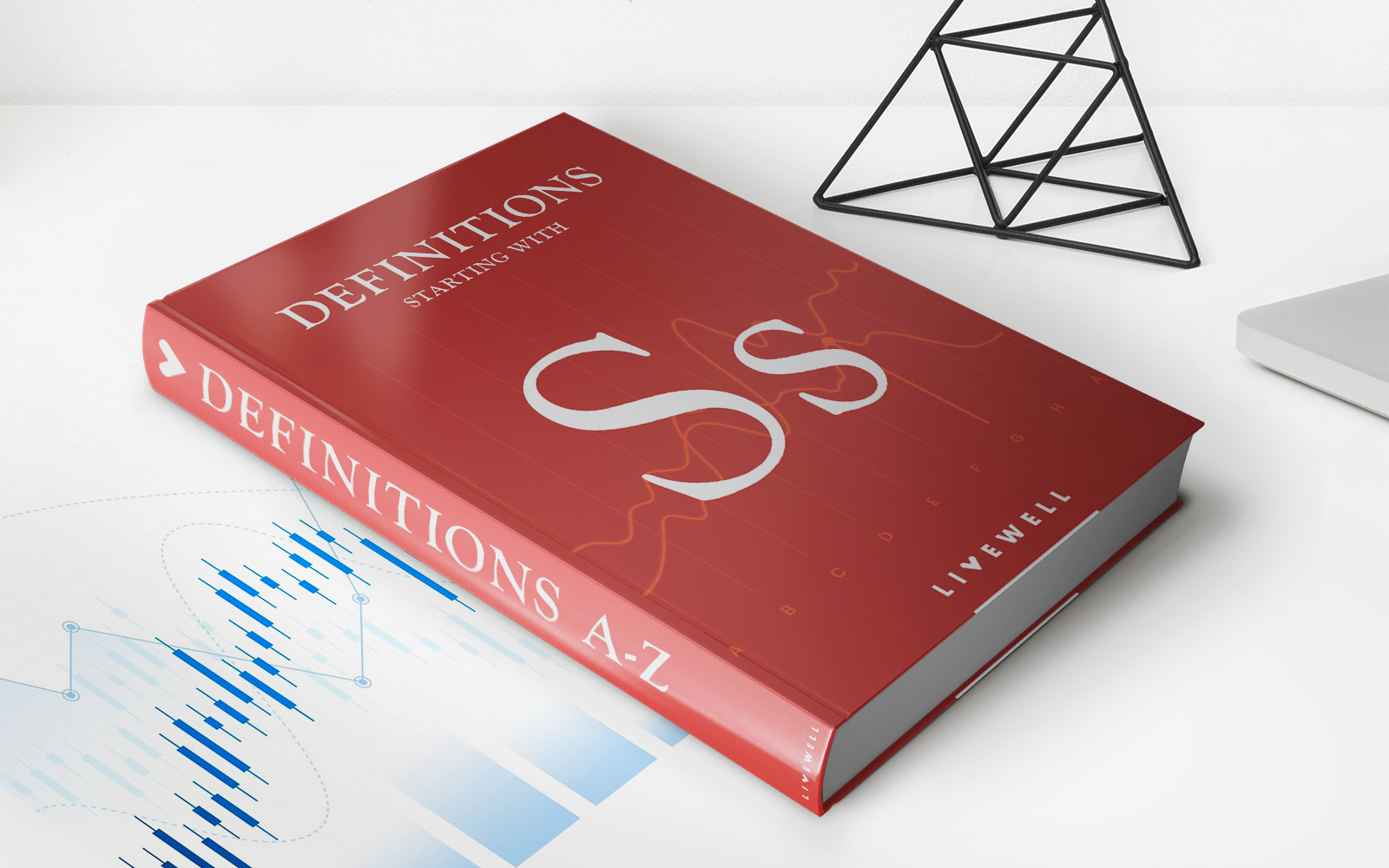Home>Finance>Front-End Load: Definition, Types, Average Percentage, And Example


Finance
Front-End Load: Definition, Types, Average Percentage, And Example
Published: November 28, 2023
Learn about the definition, types, and average percentage of front-end loads in finance. Explore an example to understand its impact.
(Many of the links in this article redirect to a specific reviewed product. Your purchase of these products through affiliate links helps to generate commission for LiveWell, at no extra cost. Learn more)
Front-End Load: Definition, Types, Average Percentage, and Example
When it comes to the world of finance, it’s crucial to have a good understanding of various investment options and the associated costs. One such cost that investors need to be aware of is the front-end load. But what exactly is a front-end load, and how does it impact your investments? In this blog post, we will delve into the definition, types, average percentage, and provide a real-life example to help demystify this aspect of finance.
Key Takeaways:
- A front-end load is a sales charge or fee that investors pay upfront when purchasing mutual funds or other investment products.
- There are different types of front-end loads, including A-share, B-share, and C-share, each with its own fee structure and rules.
What is a Front-End Load?
A front-end load, also known as a sales load or sales charge, is a fee that investors pay when they initially buy an investment product, such as a mutual fund. This charge is typically represented as a percentage of the total investment amount and is deducted from the capital you invest, reducing the overall value of your investment from the beginning. The front-end load is one of the primary ways in which financial advisors and brokers earn compensation for recommending and selling investment products to clients.
Types of Front-End Loads
Front-end loads can be categorized into different types, each with its own fee structure and rules. The most common types of front-end loads are:
- A-Share: A-share funds typically have the highest front-end loads, usually ranging from 3% to 6% of the invested amount. The sales charge gradually reduces as the investment amount increases, forming a tiered structure.
- B-Share: B-share funds often do not have any upfront sales charges, making them more attractive to investors. However, they may come with contingent deferred sales charges (CDSC) if held for a specific period of time.
- C-Share: C-share funds typically have lower or no front-end loads compared to A-share funds. Instead, they usually have higher ongoing management fees or annual expenses.
It’s essential to understand the fee structures of different front-end loads before making investment decisions, as they can significantly impact your overall returns in the long run.
Average Percentage of Front-End Loads
The average percentage of front-end loads depends on the specific investment product and the type of share class you choose. As mentioned earlier, A-share funds tend to have high front-end loads ranging from 3% to 6%, while B-share and C-share funds may have lower or no sales charges upfront. However, it’s crucial to note that different financial institutions may have variations in front-end load percentages, so it’s advisable to research and compare before making any investment decisions.
Example of Front-End Load:
Let’s consider an example to understand how a front-end load works in practice:
John wants to invest $10,000 in a mutual fund with an A-share front-end load of 5%. In this case, 5% of $10,000, which is $500, will be deducted as the sales charge, leaving John with an initial investment value of $9,500. The $500 front-end load goes to the financial advisor or broker as their compensation for recommending and facilitating the investment.
While the front-end load reduces the initial investment value, it’s essential to evaluate the overall performance and potential returns of the investment, taking both the fees and historical performance into account.
In Conclusion
Front-end loads are an important aspect of finance that investors should understand before making investment decisions. By knowing the definition, types, average percentage, and real-life examples of front-end loads, investors can make more informed choices and factor in the associated costs when planning their investment strategies. Remember, not all investment products have front-end loads, so it’s always advisable to carefully assess and compare the fee structures and performance potential of different investment options to align them with your financial goals and risk tolerance.














